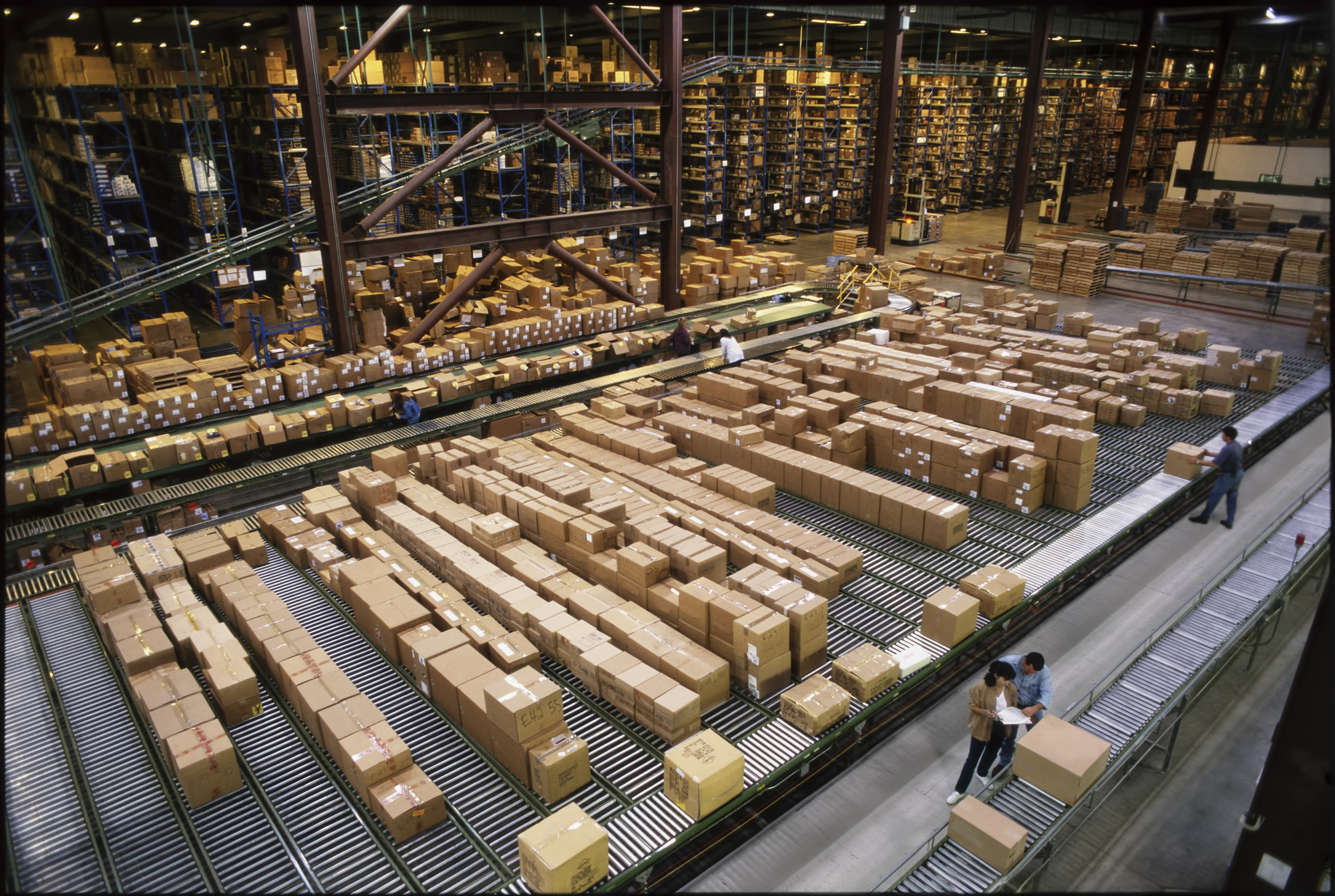The freight world was thrust into turmoil over President Donald Trump’s 10% tariffs on freight transportation across both the Canadian and Mexican borders and as high as 35% on China and other countries.
It’s 10%, that is, except for auto parts, which got a 25% tariff. And then there are entire industries employing small armies of lobbyists who will formally petition the Trump administration for exemptions, changes, reductions and other fine-print alterations.
Confusion reigns. As Thomas Barkin, president of the Richmond Federal Reserve, told the New York Times, the entire, clumsy tariff procedure is “like driving through zero visibility, pull over and turn on your hazards’ type of fog.”
Businesses, large and small, have put their decision-making “on pause,” at least until the fog lifts. But it is vital that shippers develop a tariff management plan to capitalize on this confusing, unexpected development in world transport and trade.
In a webinar this week organized by Tranzact Technologies, the National Industrial Transportation League (NIT League), the Council for Supply Chain Management Professionals (CSCMP), and the Global Shippers Forum, shippers were encouraged to be flexible and current on the fluid cross-border freight situation.
Experts said don’t be afraid to ask for legal help for your specific tariff situation.
A Thompson Hine law partner, Dan Ujczo, warned that there are minefields in all areas. “Be very mindful under U.S. Customs regulations, you are responsible for all sourcing records of where imported goods actually come from,” Ujczo said. “Get some help if you are unsure. It’s a very complicated subject.”
Visit Logistics Management to view the full story.





